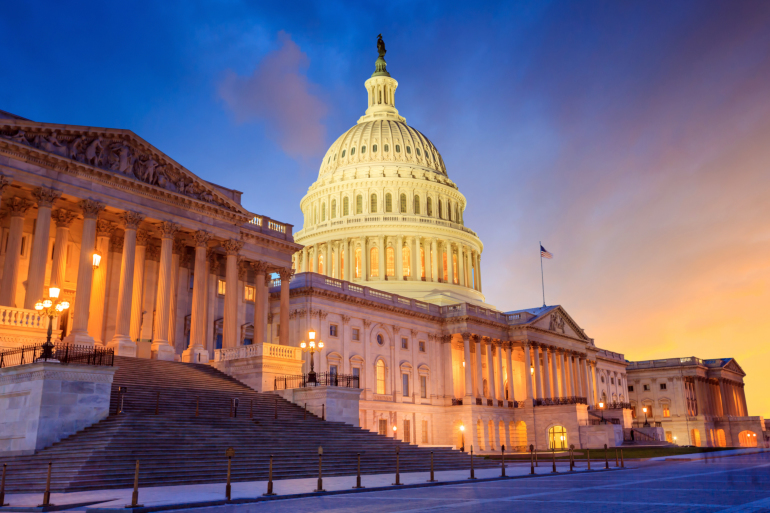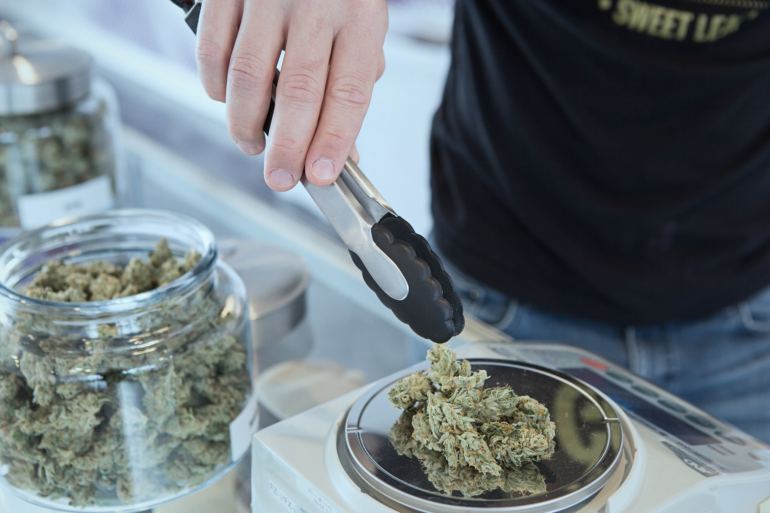Legal Update
Dec 28, 2020
Paycheck Protection Program Update: Additional COVID Relief under the Coronavirus Aid, Relief, and Economic Security Act ("CARES Act")
Sign Up for our COVID-19 Mailing List.
Visit our Beyond COVID-19 Resource Center.
On December 27, 2020, President Trump signed into law the $2.3 trillion coronavirus relief and government funding bill. In addition to other provisions, the law specifically adds $284 billion to the already successful Paycheck Protection Program (“PPP”) previously enacted under the CARES Act. PPP loans will be available both to first-time borrowers and some second-time borrowers, but different criteria apply to each group.
While the Small Business Administration (“SBA”), the federal agency principally responsible for administering the PPP, has yet to announce details and guidance specifically relating to this supplemental funding, the following key details of the program are described in the new law, itself:
- The following groups of first-time borrowers are eligible for PPP loans:
- borrowers that had been eligible for PPP loans are expected to be eligible
- not-for-profits (including churches and, for the first time, trade associations and other organizations exempt from tax under section 501(c)(6) of the Internal Revenue Code), subject to satisfaction of certain criteria (such as, employing no more than 300 employees, not being primarily engaged in political or lobbying activities)
- businesses that previously elected to take the Employee Retention Tax Credit
- news organizations (which were not previously eligible), subject to satisfaction of certain criteria (such as, employing no more than 500 employees per physical location or otherwise meeting the applicable SBA size standard, certifying that the proceeds of the PPP loan will be used for the business involved in production or distribution of locally focused or emergency information)
- certain hotel and food service operators with fewer than 300 employees per location and that fall within NAICS code 72
- A borrower that received funding in the initial round is eligible to receive a second round of funding if it meets the following eligibility criteria: (i) has fewer than 300 employees, (ii) has used or will use the full amount of the first PPP loan, and (iii) has experienced a 25% decline in gross receipts in at least one 2020 quarter when compared to the same quarter in 2019. The maximum loan size for second time borrowers is limited to $2,000,000.
- Borrowers that returned PPP loans in the first round may reapply for a PPP loan in this second round.
- Funds have been earmarked for distribution to (i) live venues, independent movie theaters and cultural institutions, (ii) “very small businesses” through community-based lenders like Community Development Financial Institutions and Minority Depository Institutions, and (iii) low income and underserved communities.
- Emphasis will be placed on minority and women owned businesses.
- Proceeds from PPP loans will be forgiven if not less than 60% of the loan proceeds were used to pay qualifying expenses which (in addition to employee wages, mortgage interest, rent and utility costs previously approved under PPP1) now include expenditures for worker protection and facility modification to comply with COVID-19 health guidelines, certain qualifying supplier costs and specified software and cloud computing costs and accounting payments.
- Reversing the IRS, the new law makes it explicit that businesses that had their PPP loan forgiven can continue and deduct the business expenses that were paid with the loan proceeds (this applies both to new PPP loans and outstanding PPP loans).
- The law provides for a simplified forgiveness process on loans of up to $150,000.
- The amount forgiven does not have to be reduced by the amount of any Economic Injury Disaster Loan Advance (up to $10,000) received.
While most borrowers remain eligible to borrow up to a maximum of 2.5 times average monthly payroll costs, hotel and food service operators that fall within NAICS code 72 are now eligible to borrow up to 3.5 times monthly payroll costs.
PPP loans will be made available until March 31, 2021. Borrowers will be able to choose a covered period of eight to twenty-four weeks during which to spend PPP loan proceeds on qualified expenses.
In addition, the law provides $20 billion for new Economic Injury Disaster Loans for businesses in low income communities, $43.5 billion for SBA debt relief payments and increases the refundable employee retention credit from $5,000 per employee for all of 2020 to $7,000 per employee per calendar quarter through the second quarter of 2021 by changing the calculation from 50% of wages paid up to $10,000 per employee for all 2020 calendar quarters to 70% of wages paid up to $10,000 per employee for any quarter through the second quarter of 2021.
Regulations are directed to be issued within 10 days of passage of the law. Seyfarth is actively monitoring all aspects of federal COVID-19 business stimulus funding legislation. Additional updates will be provided as guidance becomes available and is published. Visit our Beyond COVID-19 Resource Center for more information.



